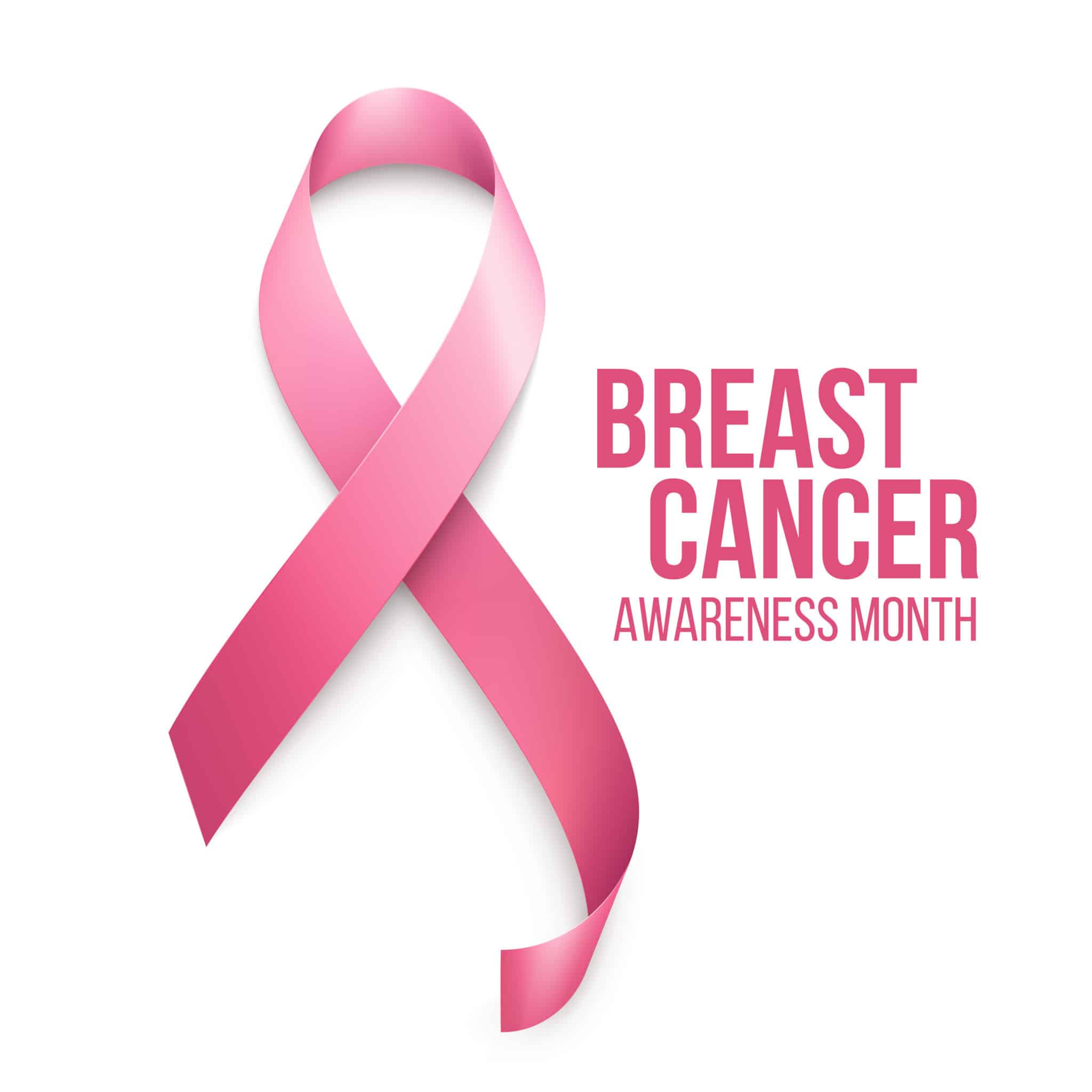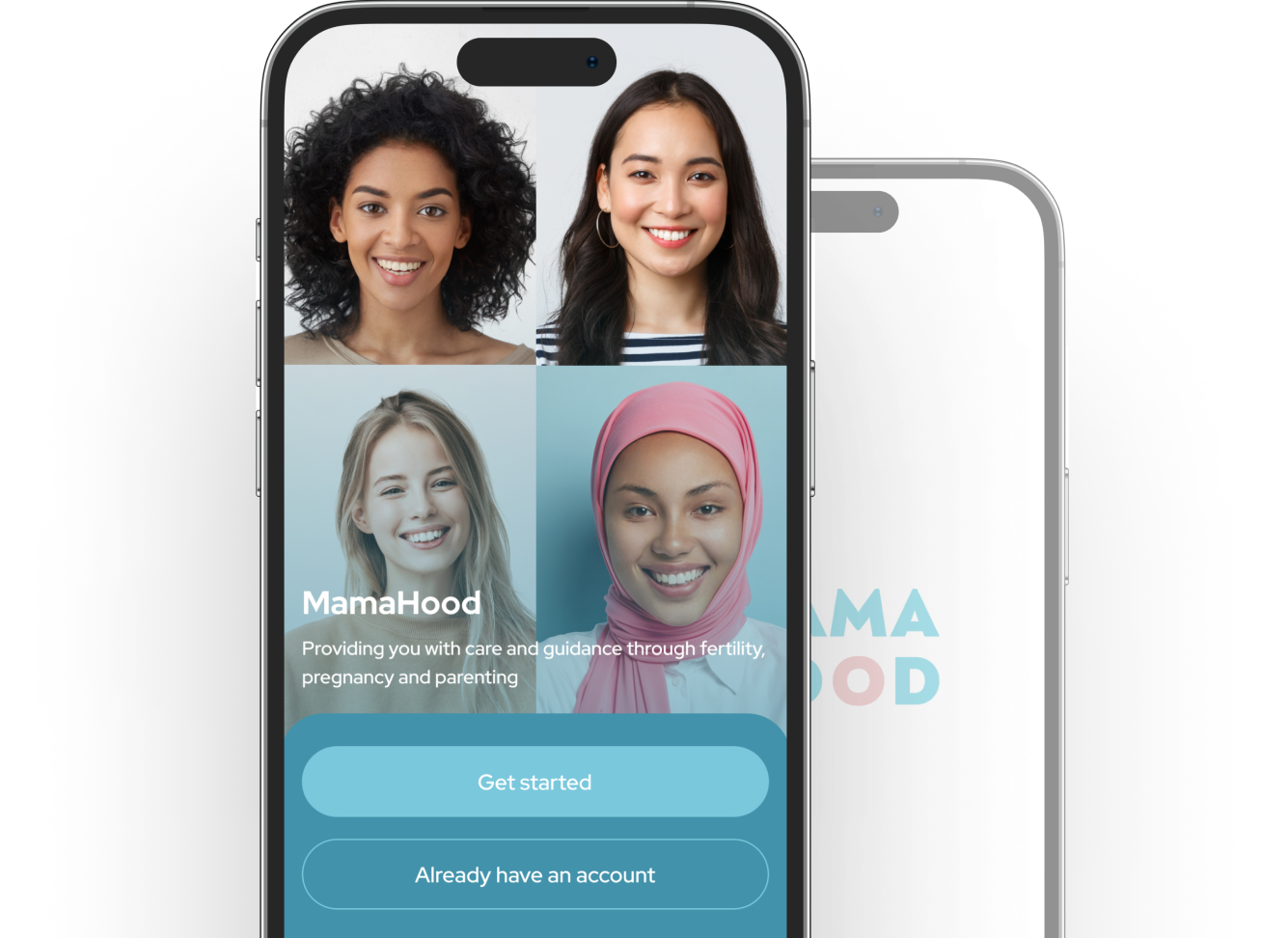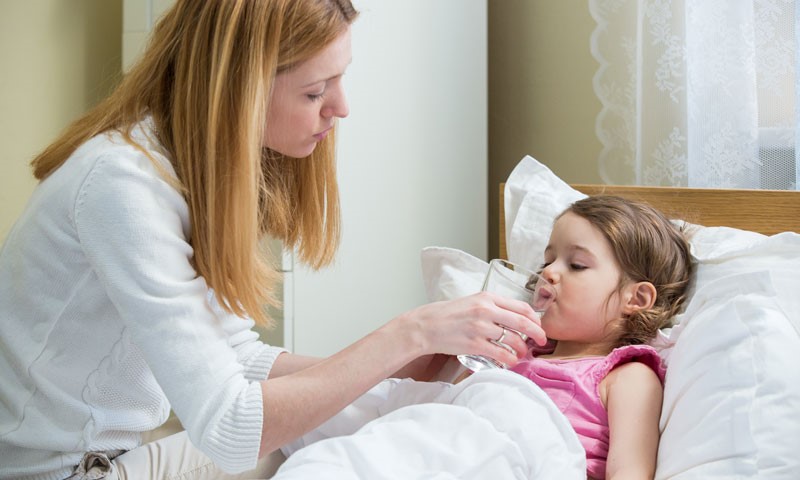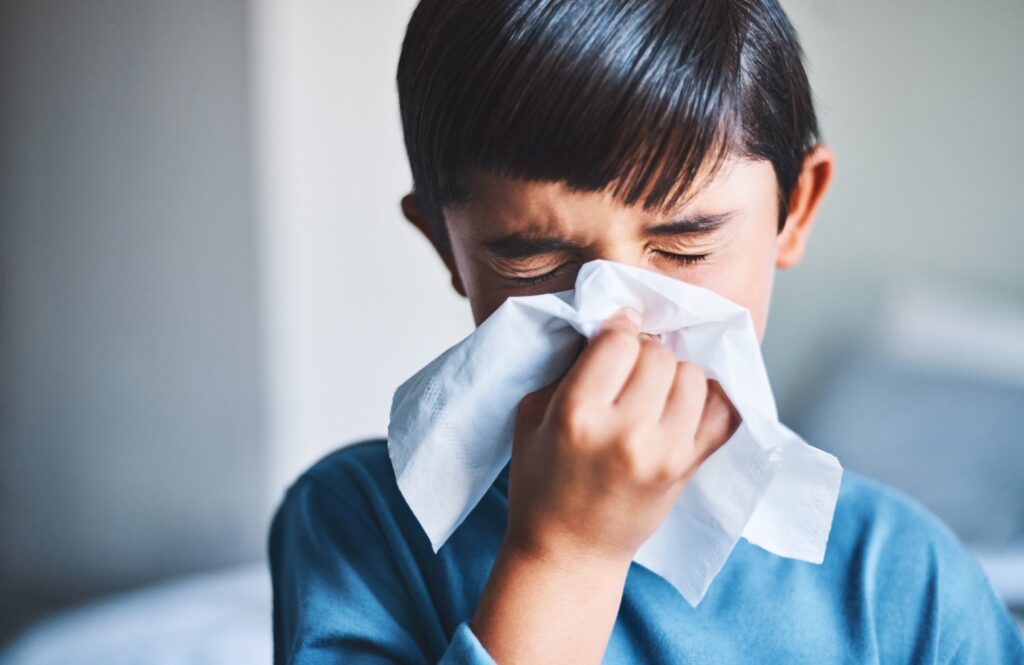October is Breast Cancer Awareness Month, a time to shed light on the prevalence of breast cancer, particularly among women. Shockingly, statistics reveal that one in eight women will face a breast cancer diagnosis in her lifetime. However, it’s vital to understand that a breast cancer diagnosis is not necessarily a dire verdict, especially if detected early. Thanks to remarkable progress in both diagnosis and treatment, the number of breast cancer survivors is on the rise.
The growing awareness surrounding breast cancer has played a pivotal role in ensuring that more women receive timely treatment and care. It’s essential for all of us to recognize that we can contribute to this cause by staying informed and taking steps to protect our health.
Signs of Breast Cancer
While the most common sign of breast cancer is a palpable lump, it’s crucial to be aware of the less common symptoms that can signal its presence:
1. Changes in the breast skin
2. Redness due to skin inflammation
3. Recently inverted nipple
4. Bloody discharge from the nipple
5. Lump in the armpit
6. Persistent pain in a specific spot/area of the breast
7. Constant breast skin itching/scaling
Breast Cancer in Pregnancy
Breast cancer can be challenging to diagnose during pregnancy due to changes in breast size and increased breast tissue density. Hormonal changes during pregnancy, driven by elevated levels of natural estrogens and progesterone produced by the placenta, can further complicate the diagnosis process. Additionally, concerns about radiation exposure to the fetus may delay diagnosis and treatment. However, breast ultrasound and breast MRI can be safely performed during pregnancy to address any concerns. Biopsy of breast lesions can also help confirm or rule out a diagnosis at any stage of pregnancy.
Screening Test
The gold standard for breast cancer screening is the mammogram, which is essentially an X-ray picture of the breast that can detect early signs of breast cancer, such as microcalcifications. Regular mammograms are the most effective way to detect breast cancer early, sometimes up to three years before it can be felt.
How the Mammogram is Done
During a mammogram, you will stand in front of a special X-ray machine, and a technologist will place your breast on a plastic plate. Another plate will press your breast from above to flatten it, ensuring a clear X-ray image. While a mammogram may be uncomfortable for some women, it is a brief procedure.
Tips for Getting a Mammogram
- Try to schedule your mammogram outside of the week before or during your period when your breasts may be more tender or swollen.
- On the day of your mammogram, avoid wearing deodorant, perfume, or powder, as these products can appear as white spots on the X-ray.
- Some women prefer to wear a top with a skirt or pants instead of a dress since you will need to undress from the waist up.
How Often Should You Get a Mammogram?
Starting at the age of 40, it is recommended that women get a mammogram annually. In UAE, the guidelines for mammogram screenings typically recommend starting at the age of 40 for routine screenings in women with average risk. However, in some cases, women may need to undergo mammograms before the age of 40 if they have specific risk factors or symptoms that warrant early screening. In many cases, a healthcare provider may need to provide a referral or prescription for the mammogram, especially if there are specific medical reasons for early screening. This referral will serve as a document authorizing the mammogram. Depending on your situation, your healthcare provider may also request additional medical documents or diagnostic tests, such as ultrasound or MRI, to support the decision for early mammogram screening.
Myths and Facts Related to Mammograms
Myth 1: Mammograms expose us to high levels of radiation.
Fact: Mammograms use minimal radiation exposure, equivalent to only seven weeks of normal daily radiation exposure.
Myth 2: Avoiding radiation is more important than the benefits of a screening mammogram.
Fact: Regular screenings find 43% of breast cancer cases, making mammograms crucial despite the low radiation risk.
Myth 3: There are effective low-radiation alternatives to mammograms.
Fact: While other imaging methods exist, they cannot replace mammograms in breast cancer detection.
Myth 4: Regular self-exams are enough for screening.
Fact: Self-exams and clinical breast exams are valuable but not replacements for mammograms. Any detected lump should be followed up with a mammogram and further tests.
14 Daily Tips to Reduce Breast Cancer Risk
Prevention is as important as early detection. Here are 14 daily tips to reduce your breast cancer risk:
1. Exercise regularly for at least 40 minutes a day or 4 hours a week.
2. Sleep in a dark room with minimal external light.
3. Spend 15 minutes in sunlight between 10 am and 2 pm to get vitamin D.
4. Take 2000-5000 IU of vitamin D3 daily.
5. Limit red meat, fish, eggs, dairy, and sugar, and opt for legumes, organic tofu, vegetables, fruits, nuts, seeds, and whole grains.
6. Include 2 tablespoons of freshly ground flaxseeds in your diet.
7. Incorporate turmeric into your meals or take 1000 mg of curcumin daily.
8. Reduce alcohol consumption to less than 3 alcoholic beverages per week.
9. Store leftover food in glass, ceramic, or stainless-steel containers instead of plastic.
10. Drink water from glass or stainless-steel containers.
11. Avoid birth control pills and hormone replacement therapy.
12. Choose cosmetics and personal care products free of parabens and phthalates.
13. Use non-toxic cleaning products like baking soda and vinegar.
14. Exercise to sweat and eliminate environmental chemicals or use a sauna once a week.
An insight from mamahood
“Early detection is the best protection” against breast cancer, and Mamahood fully embraces this belief. Regular screening is your shield, potentially saving lives. Staying informed, practicing early detection, and adopting a healthy lifestyle can collectively reduce the impact of breast cancer. In Mamahood app, you’ll find options for breast screening ultrasounds and mammograms in our At-Home Lab Test section. We’re here to support you on this journey. Let’s commit to regular screenings, embrace early detection, and lean on fellow moms through the app. Together, we prioritize our health and empower each other against breast cancer.








